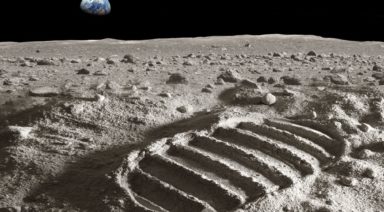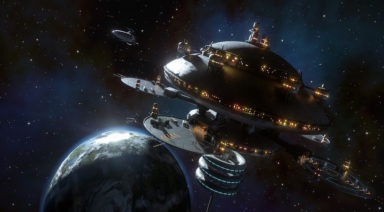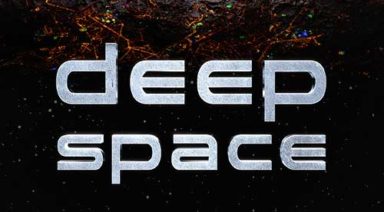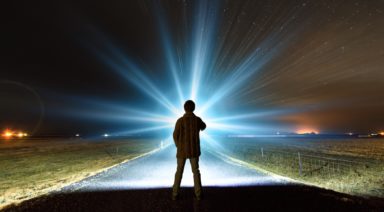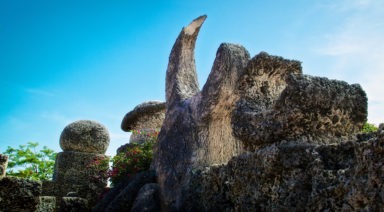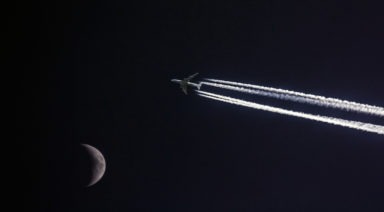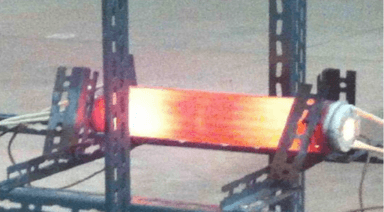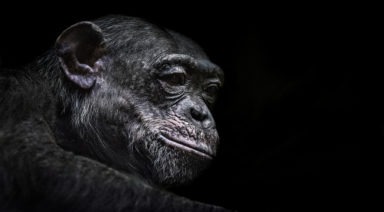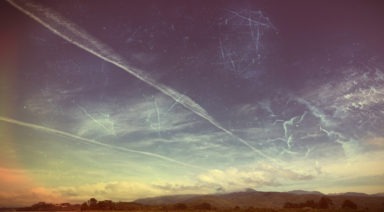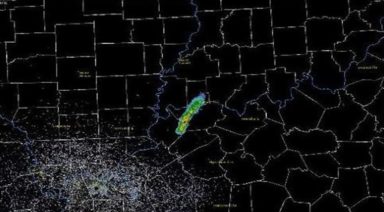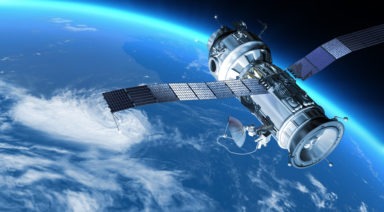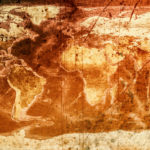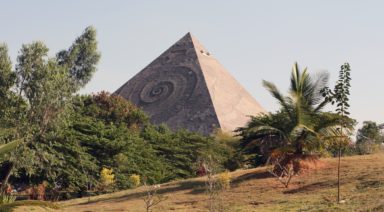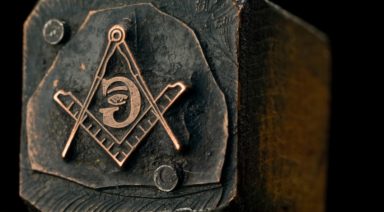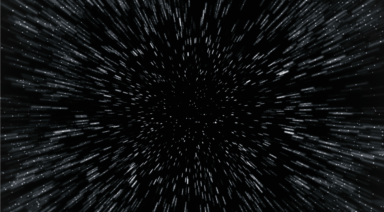Scientists Have Found Evidence of a 9th, Super-Earth Sized Planet
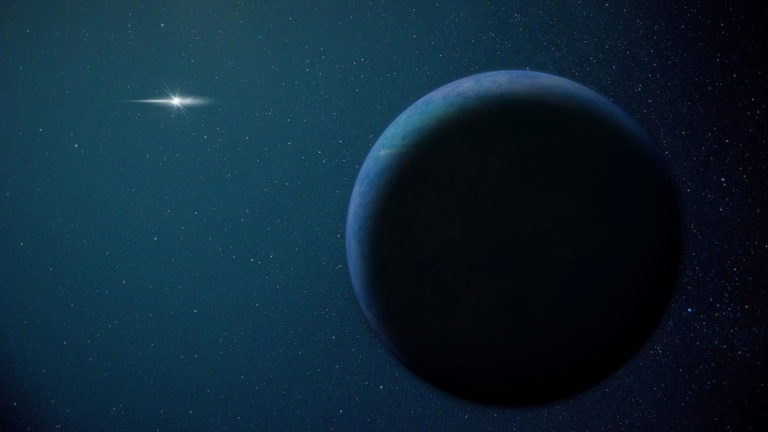
For years there has been speculation as to whether a ninth planet exists beyond the currently known threshold of our solar system. This planet has now been discovered and it’s 20,000-year orbital period may explain why we’ve had trouble finding it.
By observing the strange elliptical orbits of a number of large asteroids, scientists have determined that a massive, rocky planet must exist in the outer reaches of our solar system. They found that these asteroids have such elongated orbits beyond the Kuiper Belt, the ring of bolides beyond Neptune, that there must be a large planetary body pulling them out.
A newly discovered asteroid, 2015 BP519, added to the evidence from a group of what astronomers call Trans-Neptunian Objects, that swing out in strange directions. And though astronomers haven’t pinpointed the planet, it is the most plausible explanation for these TNOs’ orbital paths.
Theories of this Planet Nine, or what some have referred to as Nibiru, have sparked conspiracies for decades, including many apocalyptic ones that (thankfully) never came to fruition. But the latest evidence of a real ninth planet (sorry, Pluto) may shed some light on how it affects Earth.
Thought to be orbiting at 500 times the distance between the Earth and the sun, Planet Nine would be nearly two-thirds the size of Neptune, making it the fifth largest planet in the system, or roughly 10 times the size of Earth.
But this planet’s orbit is so far beyond the orbits of the other planets in our solar system, that it would take somewhere between 10,000 and 20,000 years to complete one rotation. The planet is so far away, that if you looked back at Earth from it’s aphelion, you would be seeing light that left seven days prior.
For years it has been a mystery why the inner eight planes of our solar system are tilted 6 degrees off the sun’s equator. But now the influence of Planet Nine’s orbit over the course of billions of years may be the answer.
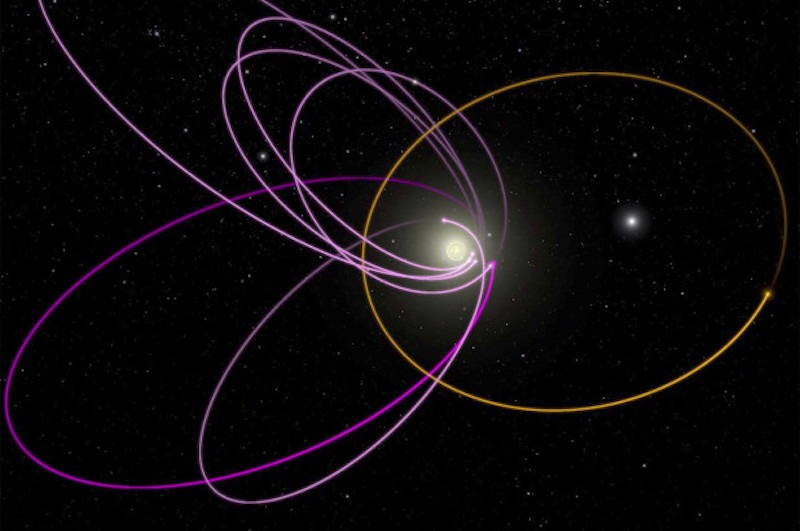
Planet Nine’s orbit in yellow and the asteroids it affects in purple courtesy nypost.com
The estimated size of Planet Nine would also make a lot of sense in that the majority of other solar systems we’ve observed have “super-Earth” sized planets. In fact, it’s the most common sized planet, making our solar system not so different from others out there if this new planet is confirmed.
Whether Planet Nine is currently having, or had, any significant impact on Earth remains to be seen. One of the lead proponents of its existence, Michael Brown, believes the planet poses no threat to our existence, nor does he believe it to have caused any mass extinctions in the past. The planet orbits beyond the Kuiper Belt, but within the Oort Cloud, the next big field of comets, meaning it shouldn’t dislodge and send any icy bodies on a collision course with Earth.
For now, the planet remains theoretical, but highly probable and depending on where it is in its orbit, it could be observed by an amateur or require substantial telescopes at a large observatory. Until then, the tentative discovery shows just how little we know about the surroundings in our own solar system, and how much more we have to learn about the rest of our cosmic neighborhood.
The Apollo 11 Conspiracy; What Did NASA Really Find?
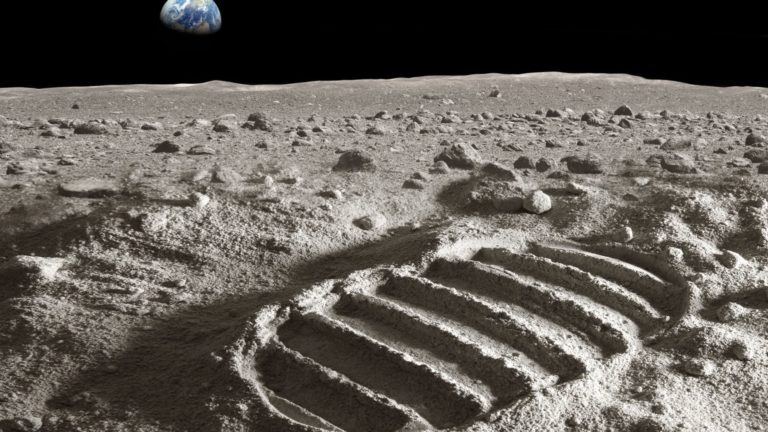
The Apollo missions, one of which led to Neil Armstrong and Buzz Aldrin’s iconic first landing, are some of the most profound accomplishments of mankind. The missions’ successes were heralded as a new era for space exploration and a harbinger of our civilization’s technological evolution. But there are several strange rumors and questionable transcripts of events that occurred during the missions, which NASA and its astronauts have responded to dismissively. This came to be known as the Apollo 11 conspiracy.
While many are still skeptical of the landings, there are other strange reports that have roused conspiracies about unexplained phenomena experienced by Apollo astronauts, including reports of a base on the dark side of the moon. These theories are fueled by transcripts that have only been declassified within the past decade, or from NASA having “lost” documents and recordings of the original lunar landing. Whether there is any validity to these theories is up for debate, but some are so intriguing they can’t be ignored.
What Did Neil Armstrong Discover on the Moon?
According to NASA, Armstrong and Aldrin wandered the moon for three hours, conducting experiments and collecting moon rocks. They also planted the U.S. flag and a sign to mark their landing, claiming their visit a peaceful mission for all mankind.


